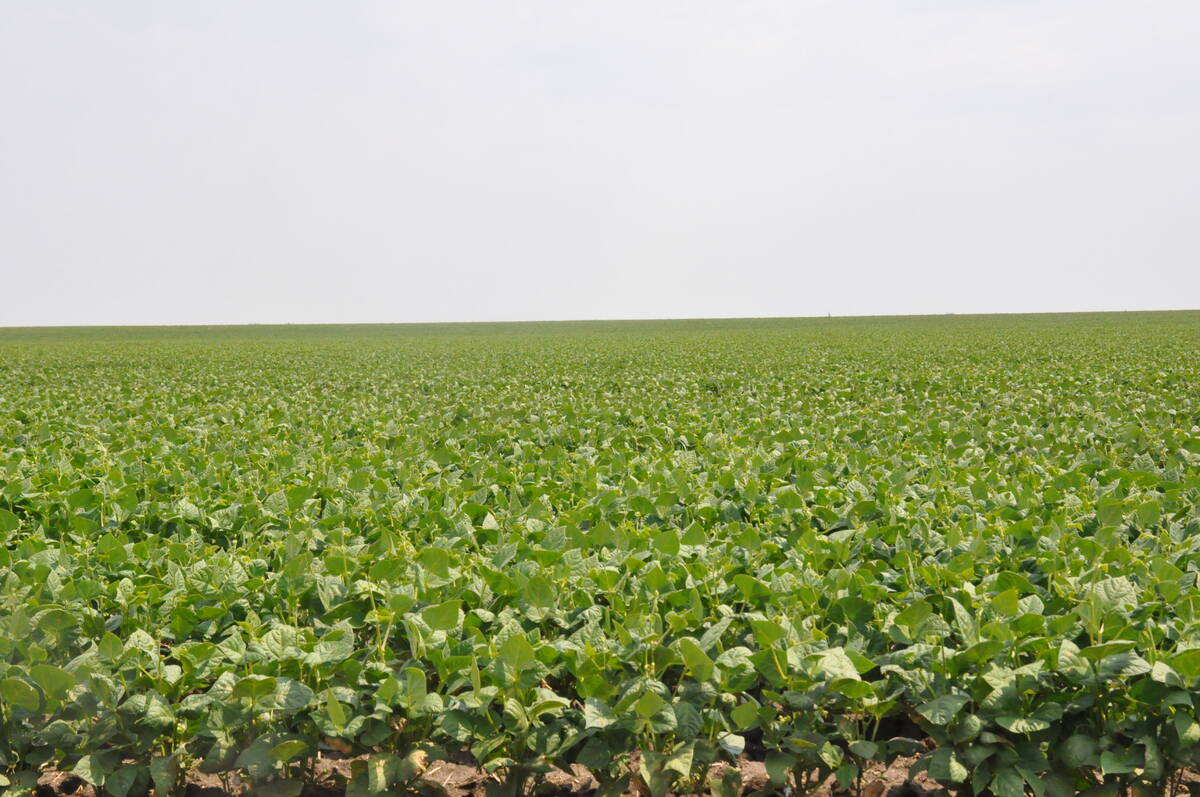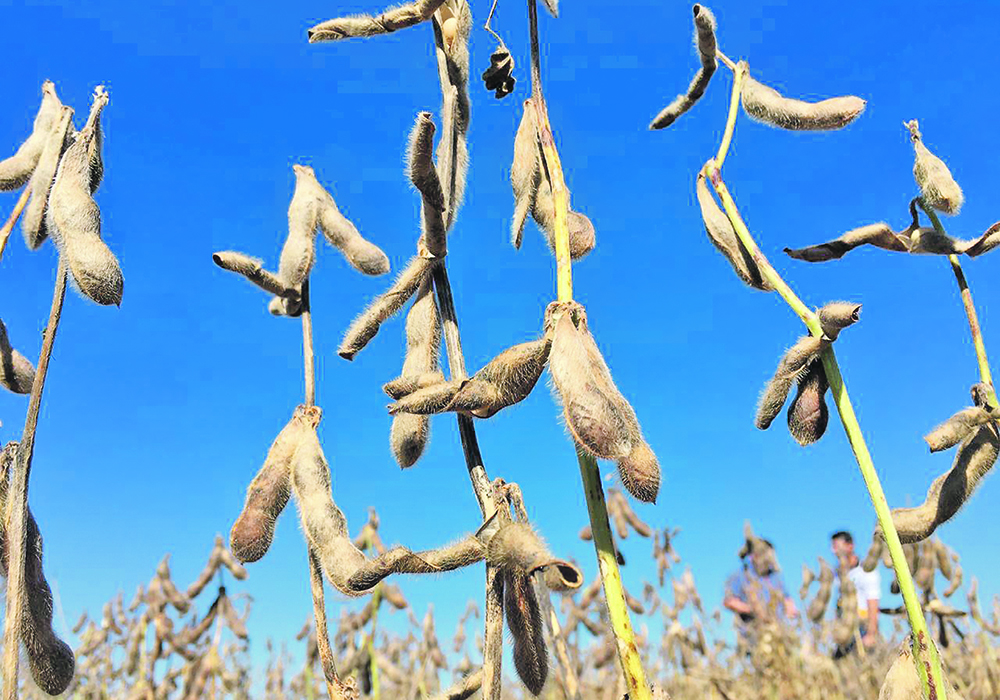Weather stresses in South America lifted oilseed prices over the holidays and into the new year but big wheat harvests in Australia and Argentina put downward pressure on the price.
However, wheat still has support from weather issues threatening the American winter wheat crop and North Africa.
Last week, two private forecasters downgraded their expectations of Brazil’s soybean crop, reflecting the La Nina hot dry weather in the southern provinces. Crop conditions in northern growing areas remain mostly favourable but are not good enough to completely offset the damage in the south.
Read Also

Coloured bean production down, whites are up
Bean prices have been slumping and the outlook is for more of the same.
AgRural cut its soybean forecast by 11.3 million tonnes to 133.4 million, while consultancy StoneX pegged the crop at 134 million tonnes.
These forecasts are about 10 million tonnes less than the December United States Department of Agriculture estimate of 144 million tonnes. The USDA will likely trim its outlooks in coming reports.
Estimates of the first crop corn production likely will also fall in coming weeks.
Other South American countries are also experiencing hot, dry weather.
Early planted corn is already suffering in Argentina and if the hot, dry forecast for the rest of January holds true then production forecasts will have to be trimmed.
Currently the Buenos Aires Grain Exchange sees a 57 million tonne corn crop and 44 million tonnes of soybeans.
The estimate was made before the stressful weather of December and early January.
Drought in neighbouring Paraguay caused the government to announce new support for farmers, and the expectation of a 10 million tonne soybean crop is now out of date.
Soybean harvesting has started in parts of Brazil and will continue across the continent over the next two to three months. The final result is still a guessing game but it is clear there will be less soy and corn produced than expected.
Across the Pacific the problem is not drought but excessive rain in Malaysia and parts of Indonesia, causing palm oil prices to rise back near the record high set in November, after a slump in December.
Recent flooding disrupted palm oil plantation operations, adding to the problems caused by a lack of imported labour because of COVID restrictions.
Forecasters expect palm production to pick up later this year, but the flooding and labour shortages could make for disappointing output in January. And even the production gains expected for later might be muted because high prices could curtail fertilizer applications.
The La Nina also raised moisture levels in Australia but mostly to the good, with farmers now harvesting a record wheat crop.
That bumper crop, along with better-than-expected production in Argentina and Russia, put downward pressure on U.S. wheat futures.
In November, the Australian crop was forecast at 31.5 million tonnes but is now estimated at 34.4 million, up 3.3 percent over last year, which was the previous record high.
At the beginning of December, Argentina’s crop was forecast at 20.3 million tonnes but is now pegged 1.5 million tonnes larger at 21.8 million. The dry weather now stressing soy and corn came after the wheat matured.
U.S. futures are also affected by the disappointing pace of American wheat exports, as France supplied much of China’s needs in December.
The USDA is already forecasting the lowest American wheat exports in six years but the volumes moving so far fall short of that modest goal.
But the bottom is not falling out of the wheat sector because the U.S. winter wheat crop is stressed.
It is still in winter dormancy and much depends on whether spring brings good rainfall. But for now, conditions are worrisome.
There is no national rating until April, but USDA state ratings continue and as of Jan. 2 the Kansas hard red winter wheat rated as good to excellent fell to 33 percent, down from 58 percent on Dec. 5.
In Oklahoma, 20 percent of wheat was good to excellent, down from 48 percent in late November. Wheat ratings also fell in Nebraska and Colorado.
A powerful storm Dec. 16 with hurricane strength winds sparked a massive dust storm that damaged many fields in the southern Plains.
Crops are also in trouble in parts of North Africa. Morocco and Tunisia are both in drought but Algeria is all right.
The region imports a lot of soft wheat from France but it is also a big durum importer and if the dry weather continues that could mean good demand for Canadian product, if the coming summer co-operates and the Prairies get back to normal yields.
But not all 2022-23 crops are threatened. Russia’s wheat is in winter dormancy but is in the best condition in years.
Europe is also enjoying a mild winter with good moisture.















